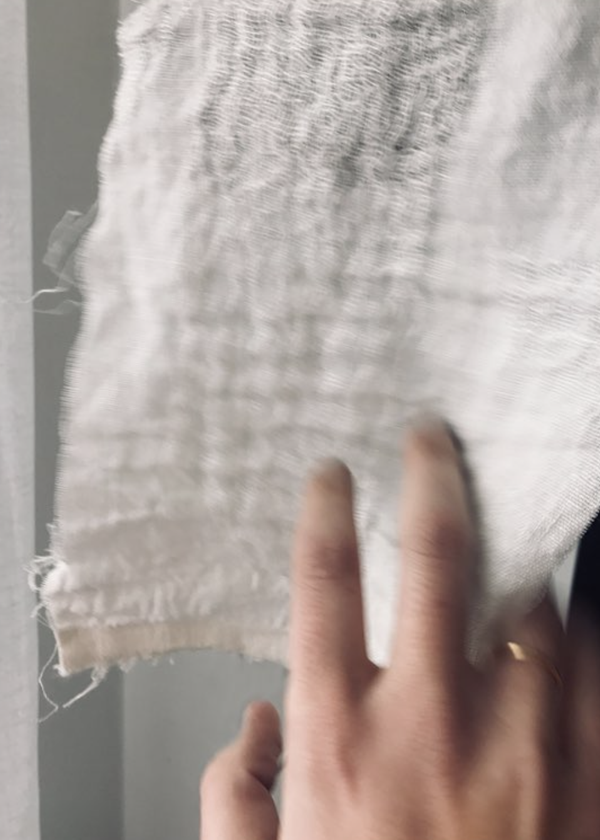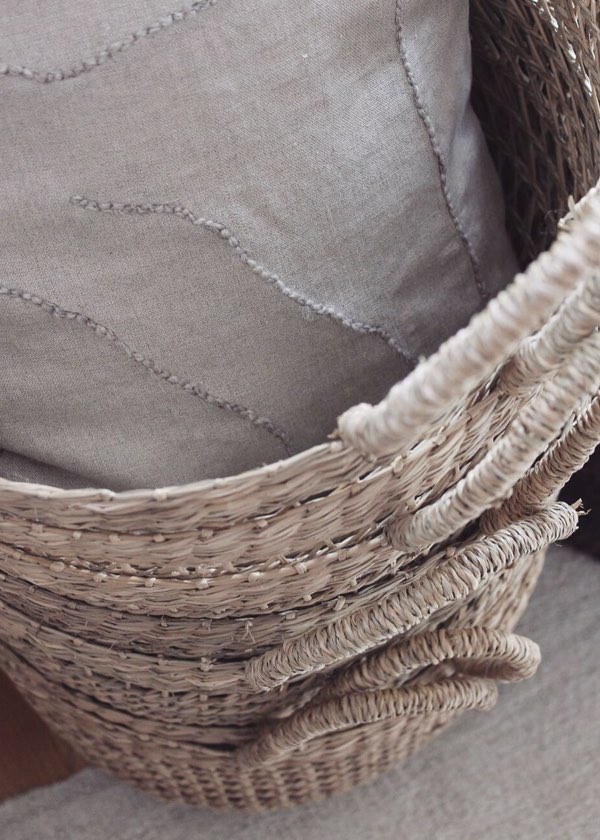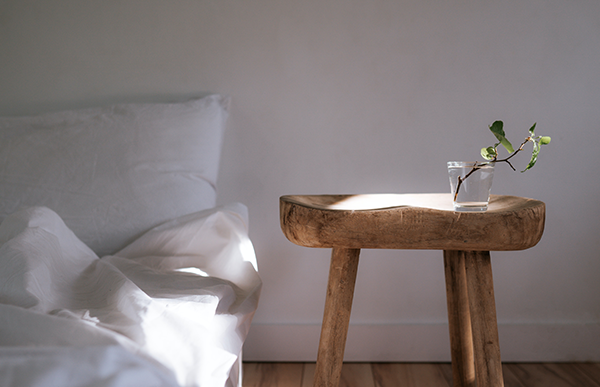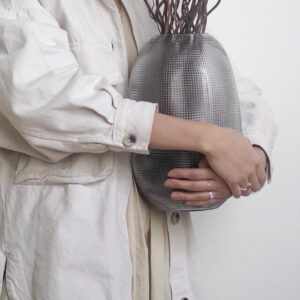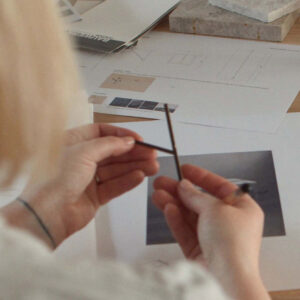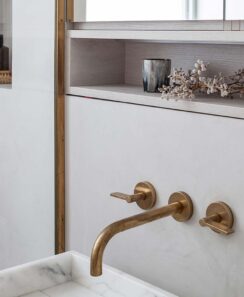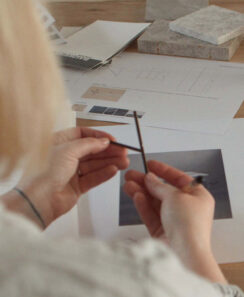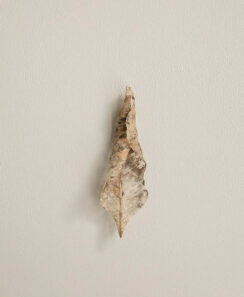Biophilic design
“We will never be truly healthy, satisfied, or fulfilled if we live apart and alienated from the environment from which we evolved”
Stephen R. Kellert
Our modern technocratic world has shifted the focus from connecting to the natural world – to robotics and AI and the Internet of Things and now the Internet of Bodies.
Everything is connected and “smarter” and will be more so in the future.
But is it really smart to disconnect from the natural world from which we are a part of?
Our human brains have not evolved as fast as the technology around us, creating a feeling of mass overwhelm in society.
Access to natural ecosystems plays an important role in sustaining our body and our mind’s spiritual and physical health whilst having a profoundly positive impact on our daily lives.
That’s why you notice the grounding feeling of going for a walk in nature, sitting outside in your garden with your feet in the grass or walking barefoot in the sand.
Many architects and interior designers have realised the fallout and the negative sides of an ‘always digitally connected’ life indoors. So, they are incorporating more biophilic design into their schemes to help people to truly disconnect and unwind at home.
For example, we choose natural materials wherever possible in our designs to reduce overstimulation and create calmer spaces.
What is Biophilic design?
Biophilia means to incorporate a love for nature within built environments by including greenery and natural elements.
Biophilic design curates systems of coexistence between humans and nature.
We spend about 90% of our time inside buildings of various types and much of this is inside our homes – providing us with a place to recover from our busy and stressful lives.
Introducing biophilic design principles into our spaces is about much more than simple aesthetics. It can have a significant positive impact on people’s health and well-being.
Incorporating biophilic designs by using indoor plants and natural patterns or materials that mimic nature, enhances the multi-sensory experience and stimulates visual connection.
Biophilic design elements can improve air quality, airflow, heart rate and ordinary human health. Restoring balance to our lives.
How we use Biophilic Design
In all our designs we methodically encourage slow living as a contrast to today’s chaotic environments and disconnection to nature. Integrating natural elements and biophilic design principles wherever possible.
We help you to feel more connected and grounded in your space by using beautiful raw forms, textures, materials with patina, healthy natural materials, and colours that can be found in nature.
Natural materials including wood, stone, wool, linen and plenty of plants are simple ways to incorporate biophilic design in interiors.
The use of natural lighting, colours, and shapes for people to explore and align with also helps link interiors to the outdoors.
There are various ways to bring nature into your space. Incorporating natural elements doesn’t have to overpower a space. Clever, subtle placement of beautiful, foraged branches or dried flowers can do the trick.
Tip
Try adding a beautiful wooden stool in an empty corner. Add beautiful wooden trays or bowls to your dining table or kitchen counter. Or create unique pieces of art by framing little pieces of nature from your walks.
Biophilic design inspirations
Be inspiredDate
June 21, 2021


